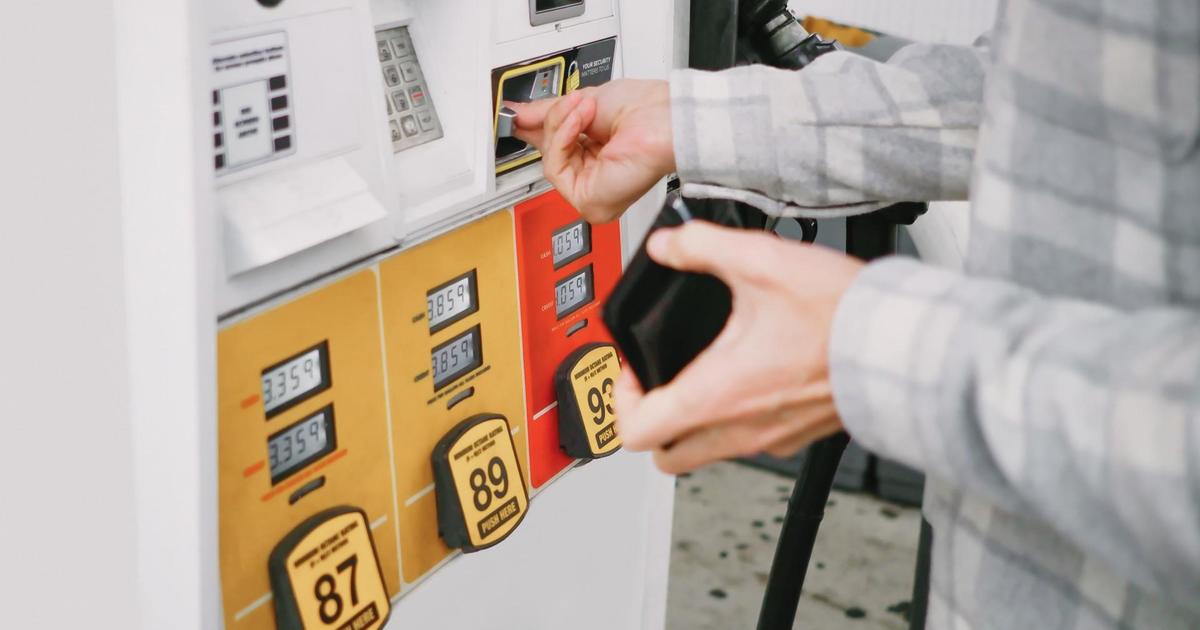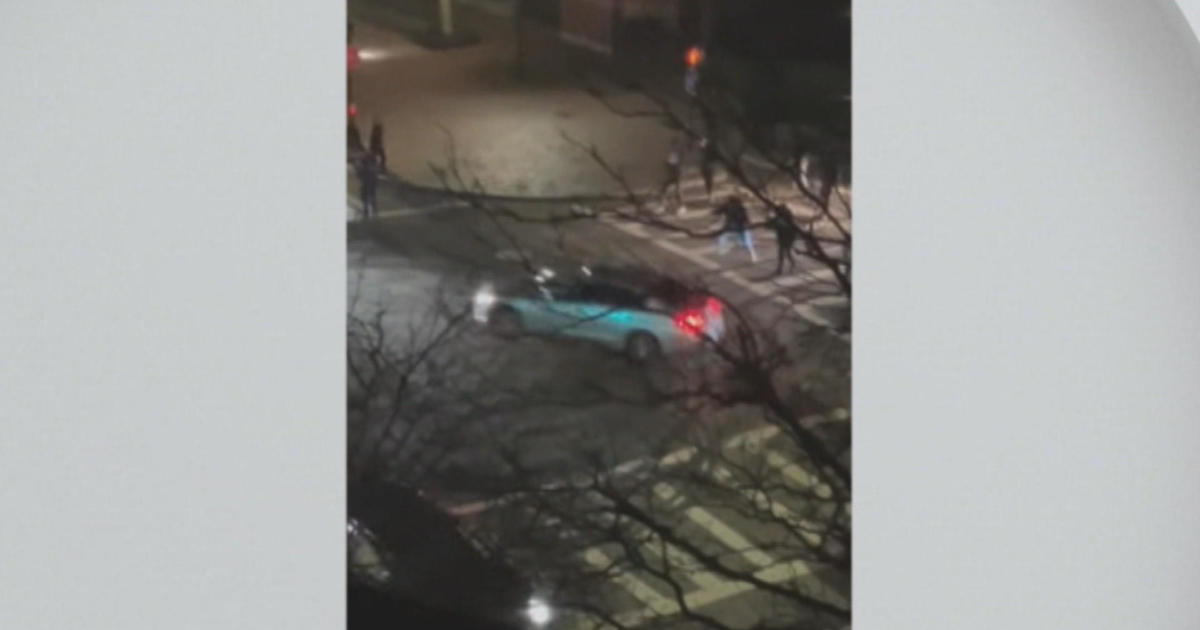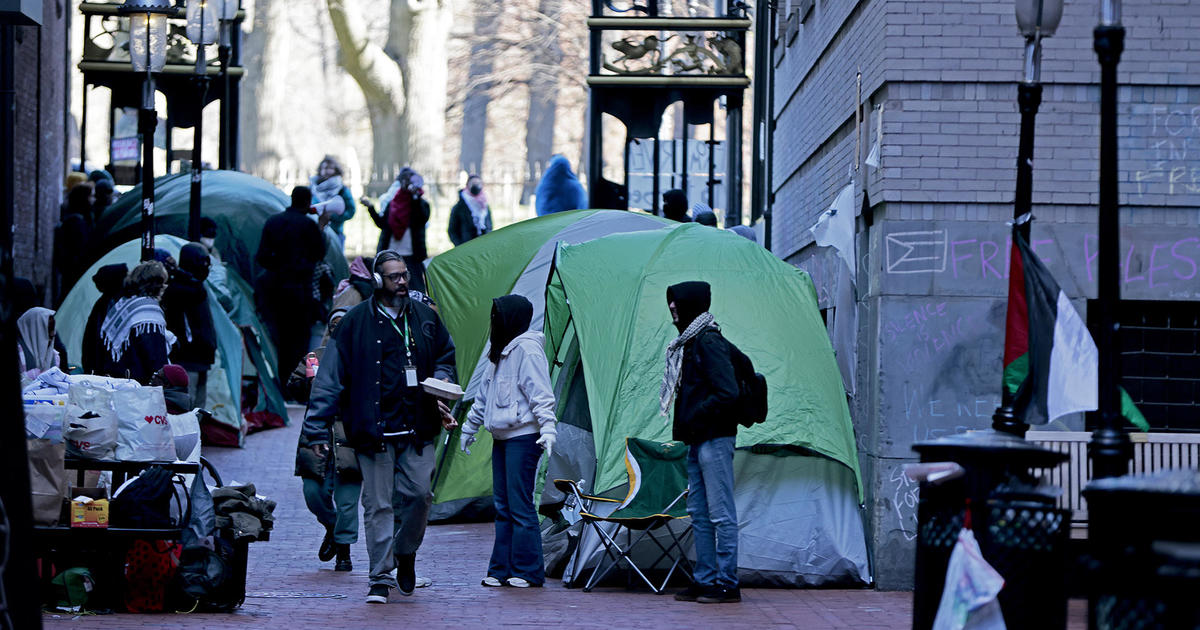What can be done to stop trucks from being 'Storrowed?'
BOSTON -- Storrow Drive in Boston. It's where moving trucks stop with a bang.
Before 1951, there was no Storrow Drive, it was just the Esplande to-be. The area was the bucolic baby of wealthy Bostonian James Storrow and his philanthropic wife Helen. They never wanted a road here but after they died, the road was born.
The overpass is about as low as a basketball rim, setting up trucks to have their roofs ripped right off. There are warning signs. But what else can be done to stop trucks from getting "Storrowed?"
WBZ-TV asked the state if they had any plans in the future to try something different. Three days later and no answer to that question, but they did send over a couple of bullet points talking about all the signs and how they work with police and rental truck companies to get the word out.
Our first idea comes from Aline Kaplan. She retired from a tech job and now is a Boston tour guide. She also has a blog called "The Next Phase" where she had a proposal.
"If the signs worked, trucks wouldn't be hitting bridges every week on Storrow Drive," Kaplan said. "My suggestion is we have a competition."
Challenge students at MIT and Harvard. The best high-tech fix gets paid, maybe a free year of college?
"Boston has the natural resource to make that happen and that natural resource is the brain power of the students who come to some of the best colleges and universities in the world," said Kaplan.
Our next problem solver: Marleen Winer of Teletype Software. Her Boston company has made GPS software for 40 years. The "smart truck route app," unlike the app you may be using, will never offer a route with low clearance.
"What we're saying is there is technology, it's ready now, we don't have to invent it," she said.
Another suggestion?
Dig below the overpasses to increase clearance. Civil Engineering Professor Jim Lambrechts from Wentworth Institute of Technology said it's possible but expensive.
"We don't have to look solely at digging down. We could also raise the roof and if you can raise the roof a couple of feet you only have to dig down a couple of feet," Lambrechts said.
Looking across the country, some cities use lasers to prevent this problem. A tall truck hits the beam, an alarm goes off, and a red stop light goes up.
A low-tech option is used in Delaware: they use big orange rubber balls called "clangers" which are hard to miss and loud when you hit them.
But the last idea involves only a bulldozer. Boston University Nathan Phillips said we should get rid of Storrow altogether, the way James and Helen Storrow wanted it.
"I don't think it has any historical value. I don't think anyone looks at it with fondness. We laugh at it when vehicles get Storrowed," Phillips said. "It's a really congested, undermaintained blight on the city of Boston."
On Monday, the DCR said in 2021 they gave out a contract to a local company for $400,000 to maintain the signage for two years, it's unclear if that includes adding more signs.




